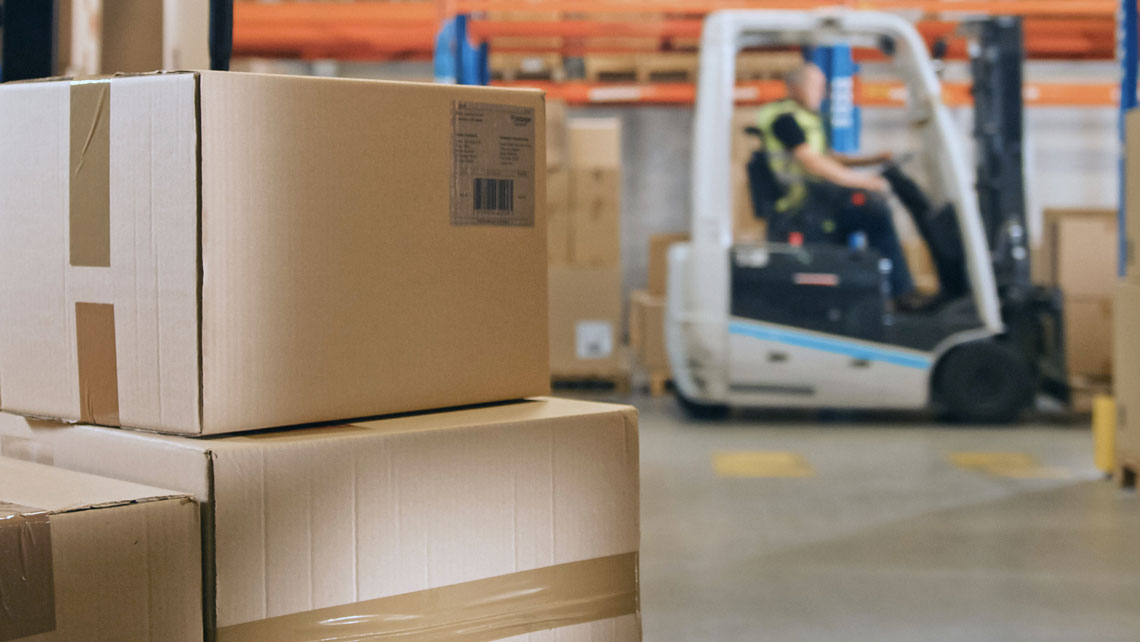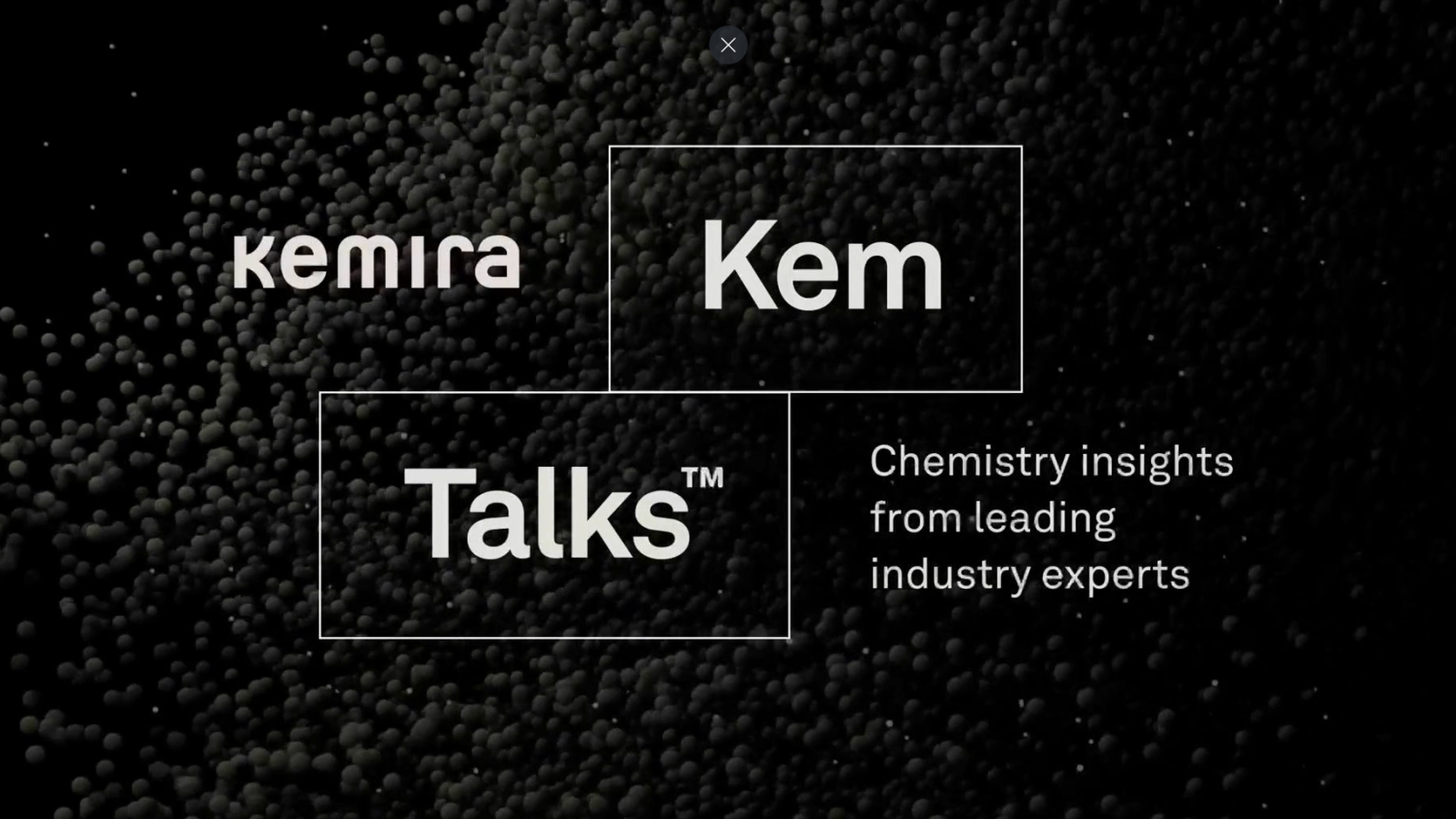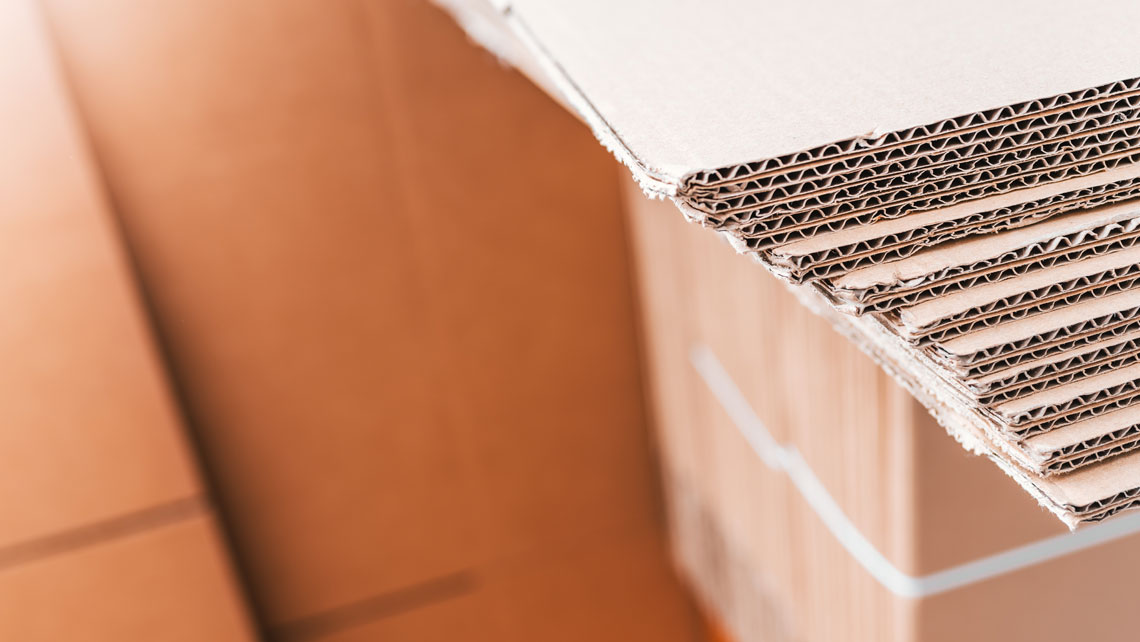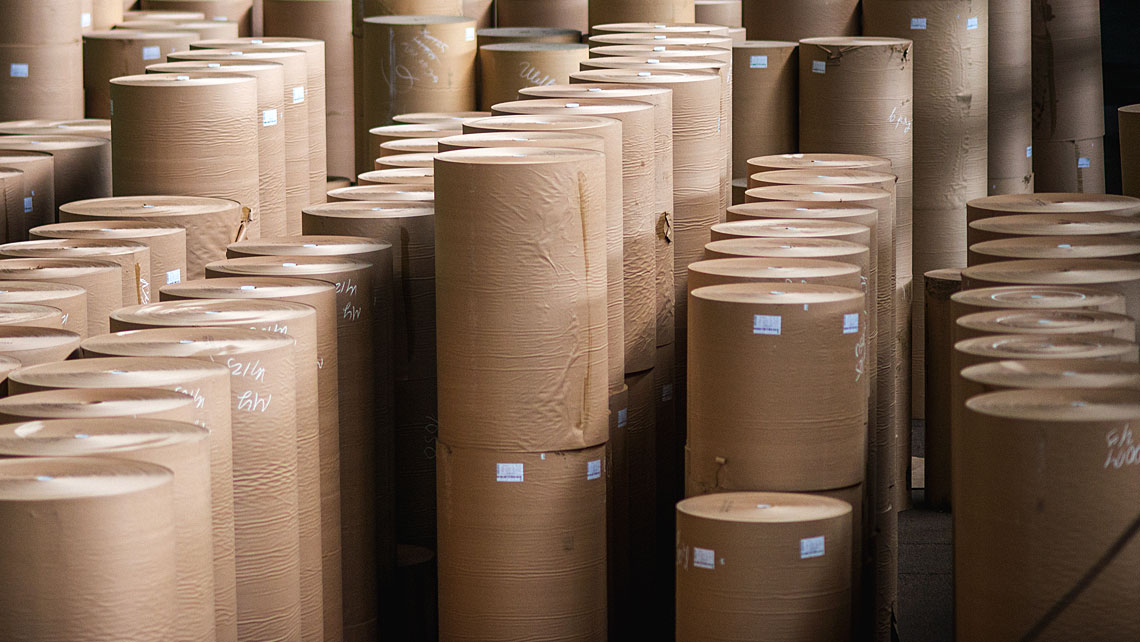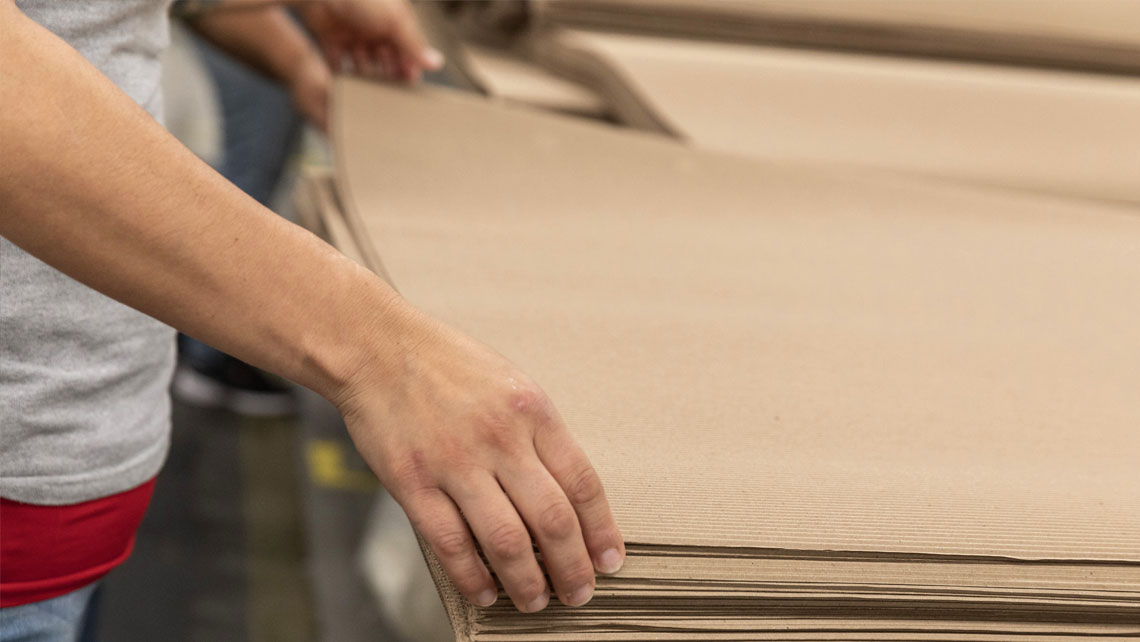“Many packaging mills that produce recycled containerboard are facing challenges in achieving the desired strength targets for their products,” recognizes Vladimir Grigoriev, Sr. Manager, Application Excellence, Packaging & Hygiene Solutions Americas at Kemira.
Dry strength of board is an important functional requirement and there is an increasing demand for high performance grades in the packaging value chain.
“The issue is that maintaining and improving strength properties in recycled packaging grades cost-effectively with the available means is a challenging task.”
Here are 3 key reasons why dry strength is a challenge in recycled board production.
1. Deteriorating recycled fiber quality
The first challenge for strength is the availability of high-quality recycled fiber raw materials. The quality of the furnish has a direct impact on the board producers’ ability to build mechanical strength in the recycled board.
“This has been a major challenge in recycled board production in Europe for some time, and the downward trend of recycled fiber quality is visible in other regions as well. There are less virgin fiber materials coming into the recycling process and together with the increasing number of cycles in the fiber recycling, the raw material quality deteriorates,” says Mikko Virtanen, Sr. Manager, Market Development, Packaging & Hygiene Solutions EMEA at Kemira.
Additionally, particularly in North America, board producers are increasingly incorporating mixed waste paper sources into their furnish. These mixed sources have varying quality levels and contaminants, which create additional challenges for maintaining consistent board strength properties.
To compensate for the weaker fibers, the recycled board producers are forced to add higher quality fibers to their furnish, maintain extra sheet grammage or use more strength aids such as starch. This can quickly add to the production cost, hurting profitability and competitiveness in the market.
In many cases, the use of starch as a dry strength additive is already at a limit and increasing the dosage is neither effective nor economical.
“In many cases, the use of starch as a dry strength additive is already at a limit and increasing the dosage is neither effective nor economical. Starch slows down sheet dewatering and drying, which lead to a decrease in machine productivity or an increase in energy consumption.”

